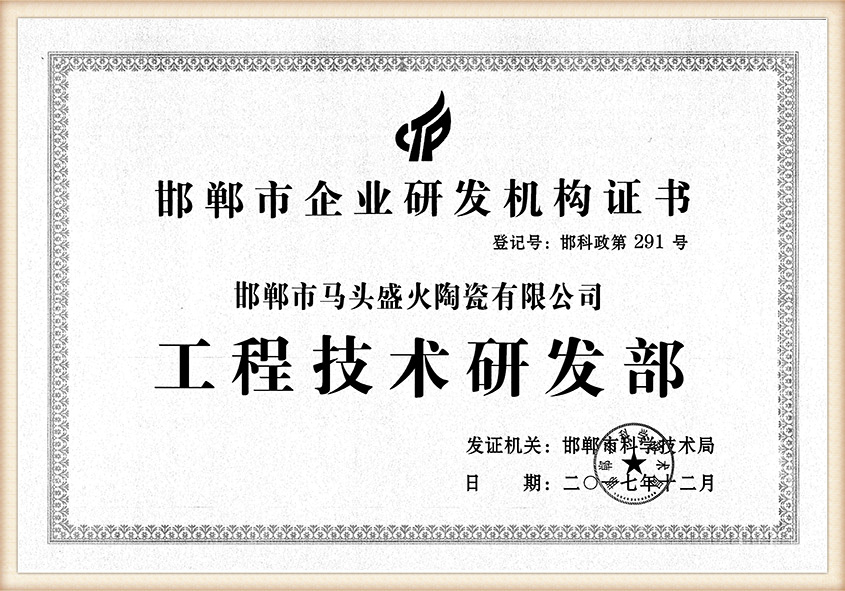Resin Coated Sand Plant Transforming the Foundry Industry
In the realm of foundry technologies, the demand for high-quality sand has driven innovations in the production processes. One such advancement is the resin coated sand, which has become an essential material for various applications including metal casting. Resin coated sand plants play a pivotal role in meeting this demand, providing a superior alternative to traditional molding materials.
The resin coated sand process involves the application of a thermosetting resin to standard silica sand. This unique combination enhances the sand's properties, allowing it to withstand high temperatures while providing excellent surface finish and dimensional accuracy in castings. The use of resin coated sand has revolutionized the foundry industry by improving the overall quality of finished metal products.
Setting up a resin coated sand plant requires careful planning and investment in sophisticated machinery. The core components of the plant include sand drying units, resin mixing and coating machines, and curing systems. Each of these components plays a critical role in ensuring that the sand is uniformly coated with resin and adequately cured to achieve the desired performance characteristics.
The first step in the process is to prepare the silica sand. The sand is dried to remove moisture content, ensuring that the resin adheres effectively. Once the sand is ready, it is combined with the resin in precise ratios. Advanced mixing technology ensures optimal coating thickness and uniformity, which are crucial for achieving consistent results in casting applications.
resin coated sand plant

Curing is another critical phase in the production of resin coated sand. The coated sand must undergo a curing process to initiate the hardening of the resin, enabling it to retain its shape under high temperatures during the metal casting process. Different curing mechanisms, such as hot air or infrared radiation, may be employed depending on production requirements and efficiency goals.
One of the significant advantages of using resin coated sand is its ability to produce intricate designs and complex geometries in castings. The fine grain of the resin coated sand allows for better detail reproduction, which is particularly beneficial for manufacturers who require precise and intricate component designs. Additionally, the thermal stability of the resin ensures that the sand maintains its integrity even under the extreme conditions of metal pouring.
Moreover, environmental considerations are also addressed with modern resin coated sand plants. Many manufacturers are adopting eco-friendly resins and recycling processes that minimize waste and reduce the carbon footprint associated with sand production. This shift not only meets regulatory standards but also aligns with the growing demand for sustainable manufacturing practices.
In conclusion, resin coated sand plants represent a significant evolution in the foundry industry, combining advanced technology with innovative materials to meet the demanding needs of metal casting. As this sector continues to evolve, the importance of high-quality resin coated sand will remain a cornerstone for manufacturers aiming to enhance product quality and operational efficiency. Investing in a resin coated sand plant is not merely a business decision; it is a commitment to advancing the future of metalcasting technology.
Post time:ਨਵੰ. . 04, 2024 20:40
Next:resin coated sand plant
